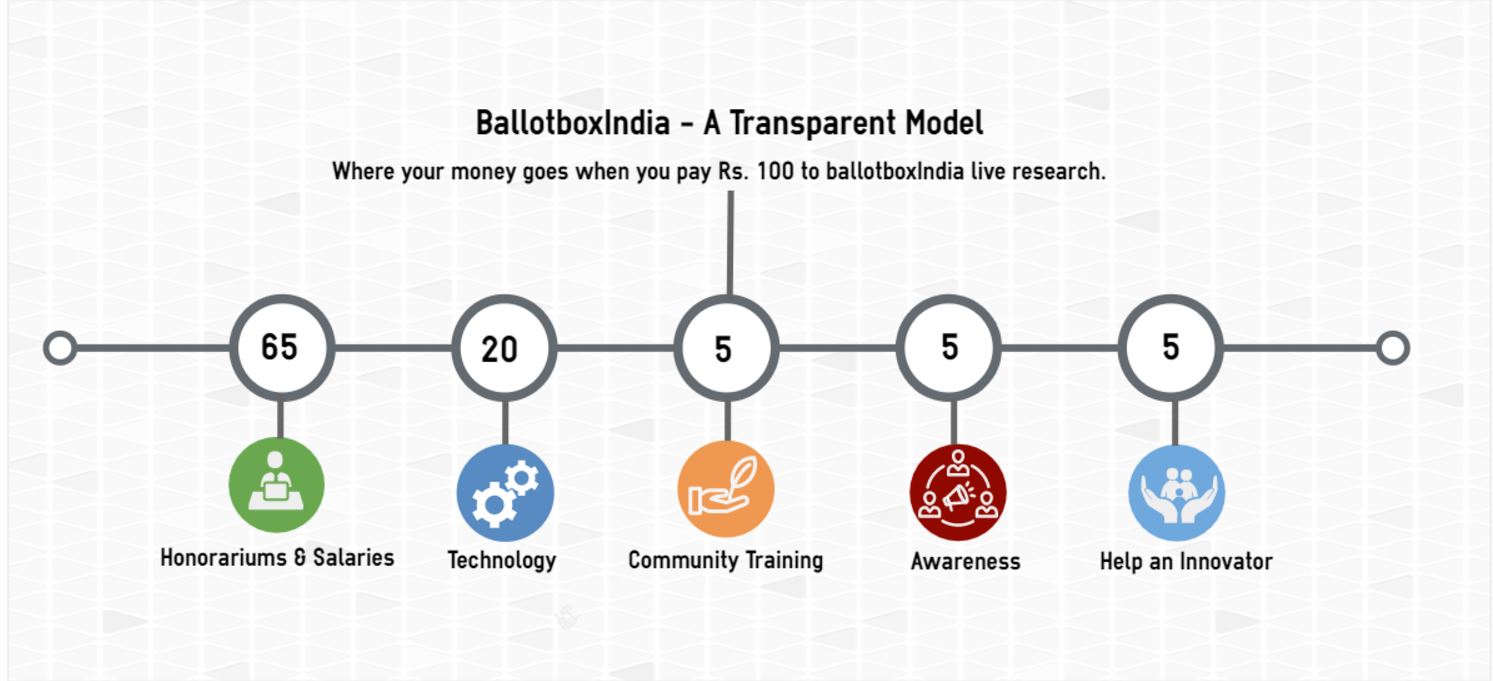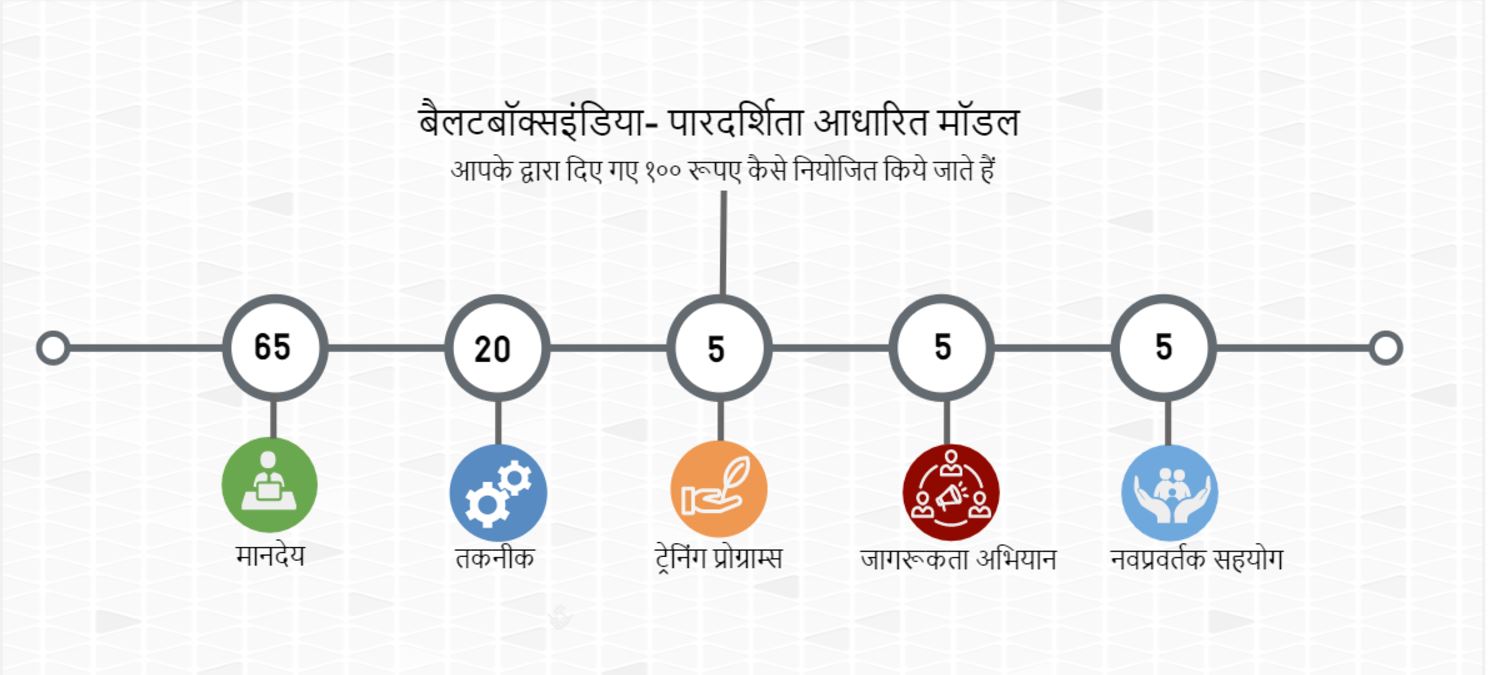Running and playing in the aisles of the theatre Novelty Aliganj’s (then Vivek, Rajshri for some time) balcony with few friends and watching the song ‘Didi Tera Dewar Deewana’, is still fresh in my mind.
‘Hum apke hain kon’ would possibly be my first movie out of umpteen seen in theaters, at least from the point I can I recall from the hazy memories. Other memories would be of watching 'Bade Miyaan Chote Miyan', 'Gadar', 'Lagaan' and many more.
Long queues in front of on Friday big releases, typical pink and blue ticket slips, cold drink walas clanging bottles with bottle openers, patties and other snacks being bought and sold in the intervals, were the sights that we don’t find in multiplexes.
How other generations experienced Single screen theatres
Every age that
has experienced single screen theaters, has its own flavors. Speaking about his
experiences to a cinema fanatic uncle, he said today just by hitting a few keys on your smartphone, you can now
book a seat of your choice for your next movie outing. This generation can
barely imagine what it used to be like coming up with excuses to bunk school,
college and even office to stand in never-ending queues to buy movie tickets.
Or how people would swim across an ocean of movie-lovers to get their favorite
seat, much like Anil Kapoor's Raju did in Laadla or like Govinda did in Raja Babu. They also won't know what
it's like having police officers doing rounds at theatres, trying to nab anyone
cleverly uttering 'bees ka ek' to sell tickets in black. This defines the aura
of single-screen theatres in our days, around three decades ago. The era, when
watching a movie was not just an activity, but an occasion by itself. Those who
have seen films in single-screen theatres, swear by their 'magic'.
Arrival of Multiplexes played spoilsport
Multiplexes
arrived in Lucknow in early 2000 and since then their numbers just increased. Many
single screen theatres in the town are either closed or are on the verge of
shutdown. Few revamped their structures to survive the fight with the
multiplexes. Owners of theatres like Anand, Novelty Lalbagh, umrao, Sahu et al
revamped their cinema halls, making changes in screen and seating facilities
and incorporating small shopping complexes with dining halls to fight afresh
with multiplexes. Whereas few theatres like Mafair, Tulsi, Odeon, Jai Bharat, Jagat,
Basant cinema are few of those who had lost enough and didn’t have much to
revive, were closed. Still the city has few singleplexes like Pratibha,
shubham, etc. screening their shows but they soon may shutdown apparently. Out of 28 theatres in Lucknow only 11 survived. I
might only be discussing Lucknow’s scenario but I’m certain it has happened in
several cities and there would be thousands who must have seen single screen
theatres from close quarters and now have pain of their diminishing numbers.
Multiplexes
have dented the business of Single screen theatres throughout the country.
Every city that has seen the advent of multiplexes is seeing the closed gates
of single screen theatres. Though Single screen theatres are still functioning
in small cities and but metro cities and the cities slightly lower than Tier 1,
have seen their massive debacle.
Single Screen theatres in different cities
In the heart
of Bollywood- Mumbai, out of 80 Single screen theatres, only few are
functional. More than 20 theatres shut down in last five years. In Kolkata, only 26 functional Single screen
theatres are left would possibly close down in near future. 40 theatres shut
down last year in Bengal. Delhi has the same case. In 1970s Delhi had 67 single
screen theatres but today in 2016 there are only 29 left functional. More than
20 closed last year. In Uttar Pradesh, 510 single screen theatres closed down
in last one decade. 490 are functional but 290 have already served notice of
closure of owing to poor business.
But single
screen theatres hold a special place in our hearts. Newer generation may have
never experienced but the people of our generation and older, would certainly
have moments related to them that would be cherished forever. We may say that
single screen theatres are dying but we need to commend the multiplexes for the
services and the variety they offer. Multiplexes have helped the Hindi film
industry evolution and making films a big success. And there is no doubt that
amidst growth and novelty, single screen theatres failed to evolve and in turn
people moved onto. Despite cheaper tickets than multiplexes, single screen
theatres are failing to attract viewers.
Single screen theatres in Uttar Pradesh
In Uttar Pradesh, there are more than 700 theatres out which many are closed and remaining are running low or are on the verge of close down. State government is planning to grant benefits enjoyed by the multiplexes to single screen theatre owner too to run their properties properly and profitably. Uttar Pradesh with the population of 22 crores is a lucrative place for films and entertainment. State govt. has planned to exempt the single screen theatres from taxes and to provide low interest loans to renovate the theatres and incorporate the multiplexes facilities. The government is further applying to take theatres to small and remote towns and to create employment and attract youth endeavors through the films and entertainment.
Start of the downfall of single screen theatres
Multiplex first came to India in 1971, KG Cinemas in Coimbatore Tamil Nadu and since then they mushroom to almost every city that has film fanatics. But the debacle of single plexes cannot solely be blamed to multiplexes.
If you ask to cinema owners they would say that the downfall started in early 1980s, when color TV came at scene. After that Video cassette player and a decade later VCD and DVD completely changed the way of cinema. Though it increased piracy still it brought cinema to every home in good quality and at nominal price. The boom of cable TV in early 90s habituated people watching new movies within few days of release. The Cable Tv thus became a good refuge to spend the leisure time. Now one can lay back and watch movie at home in the comfort of his four walls and can enjoy time with his family. Their start affected the single screen theatres catastrophically.
Later, the advent of multiplexes changed the way of watching movies. Better picture quality, better sound, better experiences, multiple food outlets, shopping complexes, multiple show timings was given to the viewers by the multiplexes. That was the reason, despite high ticket prices viewers preferred multiplexes over single screen theatres. Multiplexes not only have four to five screens where several movies are shown simultaneously, but they also have restaurants, bars and shopping arcades - an expensive but attractive option for movie lovers. Multiplexes reinvented the way of watching movies and recreated the cultural spaces instead of simply giving a screen.
Internet is sweeping the remaining
Presently, the boom of internet is sweeping away the few remaining movie fanatics. In India, according to IAMAI report, in 2013, 149 million individuals actively use the internet and these are the potential audience capable of streaming and downloading films.
It is not that these theatres are not making changes to match the present time but even after renovating the cinemas or theatres, installing latest technologies, and keeping the price of tickets to minimum; these cinemas find themselves inching towards the end. Multiplexes on the hand have corporate backing to function as compared to the single screen theatres which are borne by owners.
Impact of the single screen theatres debacle
Several lost their jobs in the debacle of single screen theatres and their owners are eking out of the present condition. Multiplexes worked on a refined business model, brought in the outside expertise unlike single screen theatres where owner was the manager. Multiplexes with corporate world which are better at managing things commercially. Multiplexes usually partner with restaurant chain and beverages chain like McDonalds, KFC, Subway, Coca-Cola, Pepsi and other locally famous names to share the space and contribute in each others profit. Whereas in single screen theatres they lack this model. They don't have food courts where audience can wait and spend some time eating and having fun. Multiplexes recruit employees through a structured process, whom they train and utilise to their utmost efficiency. Single screen theatres, on the other hand usually keep people at jobs that live nearby. The start of multiplexes swayed away business from local theatre owner employing locals to the hands of cash cows owning big businesses. It took away employment opportunities from the locals employed in single screen theatres.
In Uttar Pradesh, other possible cause of the discouragement of single screen theatres is the unfair entertainment policy. Entertainment tax is the highest in Uttar Pradesh. 40% entertainment tax is charged on the each sold tickets from the single screen theatres. Theatre owners are prohibited from close down at any cost if even they have to revamp the whole theatre.
Explaining his plight and the present scenario of single screen theatres, an owner of a prominent theatre in Patiala said, "while the theatre once used to screen four shows a day and could seat 900, now only three shows are screened, and seating capacity has been reduced to 600. There was a time when we had a full house for all our shows, and employed 72 people. Today, we are left with only 15. Hardly any income is generated, the bills keep mounting, and we find it very difficult even to pay salaries. The high cost of maintenance and low income also has single screen owners upset. Earlier, the government had imposed too many taxes and restrictions on the entertainment industry. Today, even when they have reduced the taxes, the single screen owners cannot afford to showcase new movies"
Our Research
Our research is on the declining single screen theatres in India and its impact on employments and Indian economy. Through this research we aim at finding ways in reviving single screen theatres in the country and would engage with the entertainment department to devise a policy for single screen policy to giving them a suitable business model.
 tag on profile.
tag on profile.




